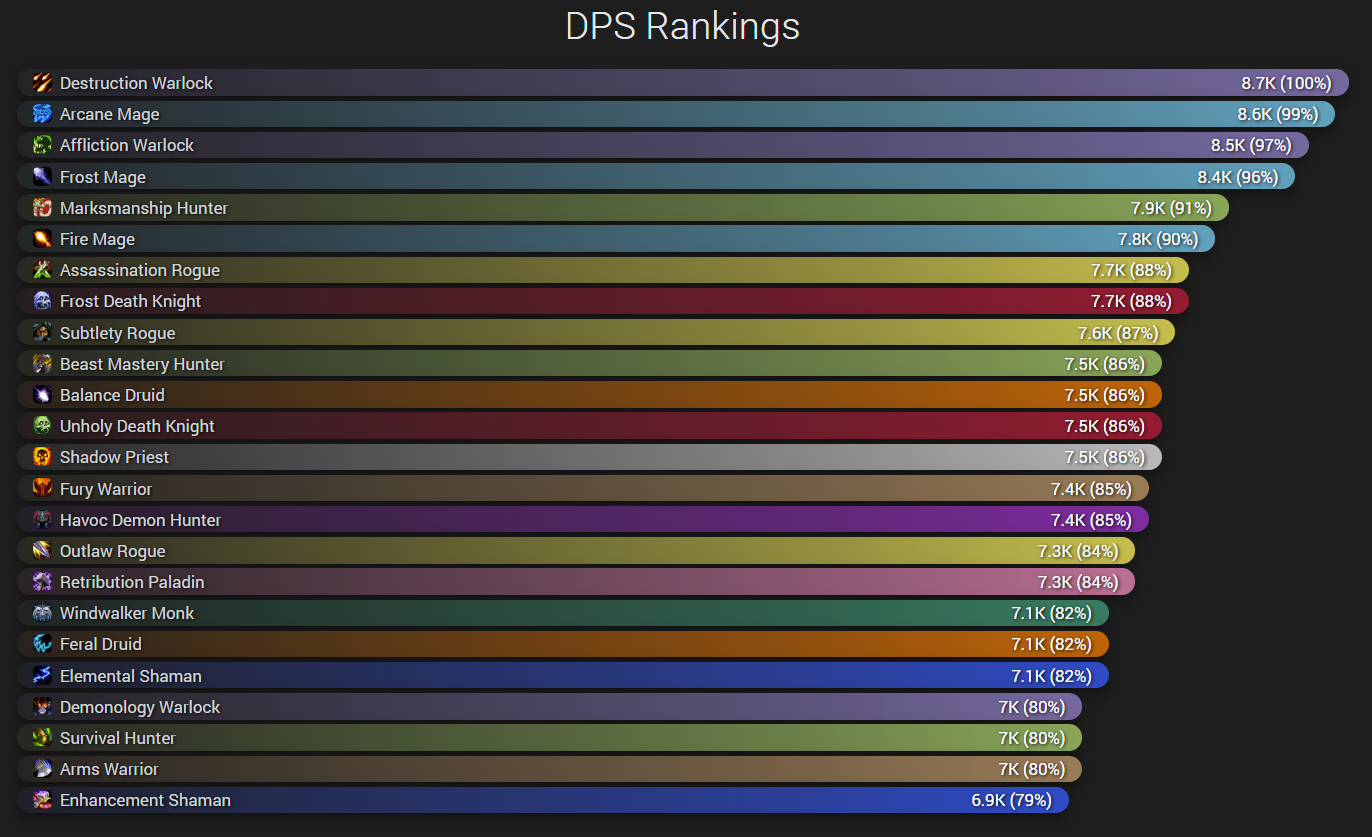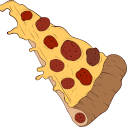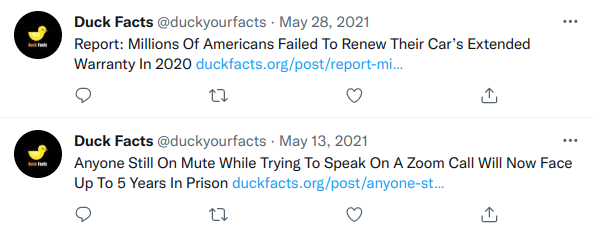This post contains artistic nudity.
I like to have references and Easter eggs in my games, but I’m pretty sure much of it goes unnoticed. So let’s just write about it. I plan to revisit the older games one day to write about them, but who knows when that’ll be.
Firstly, the rubber ducks, the mention of Australia in the game description, the fact they’re upside-down. This must all be connected somehow, right? Of course, it’s an accidental reference to that time Australia had a giant rubber duck. Being in the Southern Hemisphere, everything is upside-down in Australia.
When the game is loaded up, the city planner mentions Æ as an example of a character he can’t cope with (he can only cope with A-Z, a-z, 0-9 and spaces). This is a reference to Elon Musk’s child X AE A-XII, who was originally named X Æ A-12. I hope his unusual name doesn’t cause him issues in life – celebrities and children can be an odd mix, sometimes.
He also says “I’m the one whose idea it was to float these cities on rock and roll!” This is a reference to the ’80s pop song We Built This City by Starship.
When changing your name, the city planner says “My daughter Helen used to be called Troy, but she said that’s a boy’s name.” This is a reference to Helen of Troy, the most beautiful woman in Greek mythology.

If it wasn’t obvious by now, he’s supposed to be at least somewhat senile. He calls the player “old stick” since it’s a phrase of a bygone era. Apparently it’s a British one, so with these two factors combined there’s a solid chance many won’t have heard it before. Referring to himself as bigoted is perhaps a little too on the nose.
Oh, and while I’m still on the topic of the name entry screen, Amanda Huggenkiss is a reference to The Simpsons Season 4 Episode 8 New Kid on the Block.
At last, we’re into the game itself! DPS in this game stands for Ducks Per Second. This metric isn’t the focus of the game – it isn’t even displayed on the leaderboard! But it’s a reference to the “Damage Per Second” metric players use in some role-playing games (more DPS -> level up character quicker).

The pizza cursors is because the Easter egg for this jam was “passionate pizza” as revealed in the previous jam review.
Accessing the leaderboard’s score-setting endpoint directly results in a short video clip of Chief Wiggum getting his badge stolen by a duck. This is from The Simpsons Season 4 Episode 15 I Love Lisa. Yes, season 4 is one of the best seasons, marred only by the inclusion of a clip show (which obviously you can just skip if watching the DVDs).
Almost last and most certainly least… when the game is loaded, a random duck fact is output into the developer console. These were sourced from EMF Ducks‘ API, but I don’t know if they wrote the facts as I’ve found the same facts elsewhere. I made some localisation changes and corrections.
- Ducks migrate at an altitude of 200 to 4,000 feet but are capable of reaching heights of 21,000 feet.
- The oldest duck to be taken by a hunter was a 29-year-old canvasback.
- The spectacled eider’s wintering grounds weren’t discovered until 1995, when researchers followed birds marked with satellite transmitters into the Bering Sea. Once there, they found a huge number of eiders gathering in the fissures on the ice.
- Mallards often have clutches that include eggs fertilised by different males, which biologists believe ensures successful fertilisation and greater genetic variation.
- Wood ducks are the only North American waterfowl that can raise two broods in one year. More than 11% of females may produce two broods each season.
- Several ducks and other waterfowl practice nest parasitism, which is when the female lays eggs in the nests of other females in the same species.
- Female ducks and ducklings have plain plumage with dark feathers that form a pattern on their head and eyes. This helps to camouflage their eyes, which could be seen by predators or pecked at by other ducks.
- All ducks can dive, but some species are better at diving than others. The best is the long-tailed duck, also known as an oldsquaw, which can dive 240 feet.
- Hybridisation doesn’t occur in the wild often, but mallards tend to crossbreed with 40 different waterfowl species. The wood duck takes the close second with crossbreeding with as many as 20 other duck species.
- In 1973, hundreds of ducks rained down from the sky in Stuttgart, Arkansas. The ducks were likely killed by hail, but some had ice on their wings that may have accumulated when the wind carried them to high altitudes. The ducks falling damaged cars and windows.
- Some of the highest densities of nesting ducks occur in the San Luis Valley of Colorado, where some habitats support as many as 1,000 breeding ducks per square mile.
- Ruddy ducks produce the largest eggs relative to their body size. Ruddy duck eggs can weigh more than the hen.
- According to research, ducks may show a preference for colours in the green or blue spectrum.
- In 1940, a US Fish and Wildlife Service biologist observed the largest concentration of ducks surveyed from the air on Catahoula Lake in Louisiana. He claimed to see as many as 8 million ducks.
- In a study of breeding mallards conducted by the Canadian Wildlife Service, the ducklings that hatch in the first 5 days of the period account for 40% of the first-year hens that survived to breed the following year.
- City ducks have a different accent than country ducks – typically louder!
- Ducks can move each eye independently and they store information on the opposite sides of their brain.
- Harlequin ducks nest in rocky crevices along streams and dive to the bottom of the roaring water to feed on invertebrates. When they’re done, they walk upstream.
- The fastest duck recorded was a red-breasted merganser, which achieved an airspeed of 100mph.
- A duck’s bill varies by species and relates to its function. Flat bills are used to consume plant materials, while pointed bills are used to catch and eat fish.
- Fulvous whistling ducks are found in Mexico and parts of the southern US, as well as southern Africa. It’s believed that the African population was carried to North America by strong winds.
- Ducks can swim when it’s cold out because the blood vessels in their feet are close together, preventing heat loss.
- Ducks have exceptional visuals and can see finer detail at farther distances than humans.
- Ducklings, like other waterfowl, learn to communicate with each other in the eggs and try to hatch at the same time.
- Ducks, like other waterfowl, have as many as 12,000 separate muscles to control their feathers. They can use these to lift or compress feathers to dive underwater, show emotion, or regulate body heat.
- Wood ducks eat acorns. In a study conducted on captive wood ducks, the birds preferred willow oak acorns over acorns from other oak accords.
- Duck bills are sensitive and have many touch receptors, making them similar to our fingertips and palms.
- The Labrador duck is the only known extinct North American waterfowl species, which is believed to have gone extinct in 1875 off Long Island, New York.
- Ducklings can understand the relationship between objects, which demonstrates abstract thought capabilities.
- Ducks can sleep with one eye open to watch for predators.
- Severe weather can trigger a mass migration known as a “grand passage.” In 1995, a blizzard in the Prairie Pothole Region spurred a migration of millions of ducks and geese that jammed radar systems and ground flights in Nebraska and Missouri.
I removed the following fact because I don’t know what it’s on about. There’s been more than one gold rush, dude. A more helpful fact webpage reads “In 1911, a gold rush was spurred in western Nebraska after hunters found small gold nuggets in the gizzards of ducks they had shot,” but I can’t find any evidence of a 1911 gold rush in western Nebraska other than this “fact”. If this one’s BS, there’s a solid chance some of the others also are. The first rule of facts is to not cite your sources.
- Waterfowl spawned the Gold Rush. Birds eat stone, gravel, and sand to grind up hard foods, which they store in their gizzard. The Gold Rush was spurred in Nebraska when hunters found gold nuggets in the gizzards of ducks.
It’s surprisingly difficult to find duck facts when duckfacts.org doesn’t even exist anymore. Why is it still in search results? I doubt it would’ve been very helpful anyway.
Now, the game was released in June, and I just managed to get this post out in the same month. That’s the LGBT Pride month. Any such themes in this department? Kinda, as already covered above. Moe looking for a man to hug and kiss is the gay part, and the city planner’s offspring going from Troy to Helen sounds transgender at face value until you realise he’s just a nutter. Frankly, this is as good as you’re going to get from a game about clicking rubber ducks, unless my finger slips from the U key to the I.
Hopefully at least someone waddled through this ’til the very next day.







